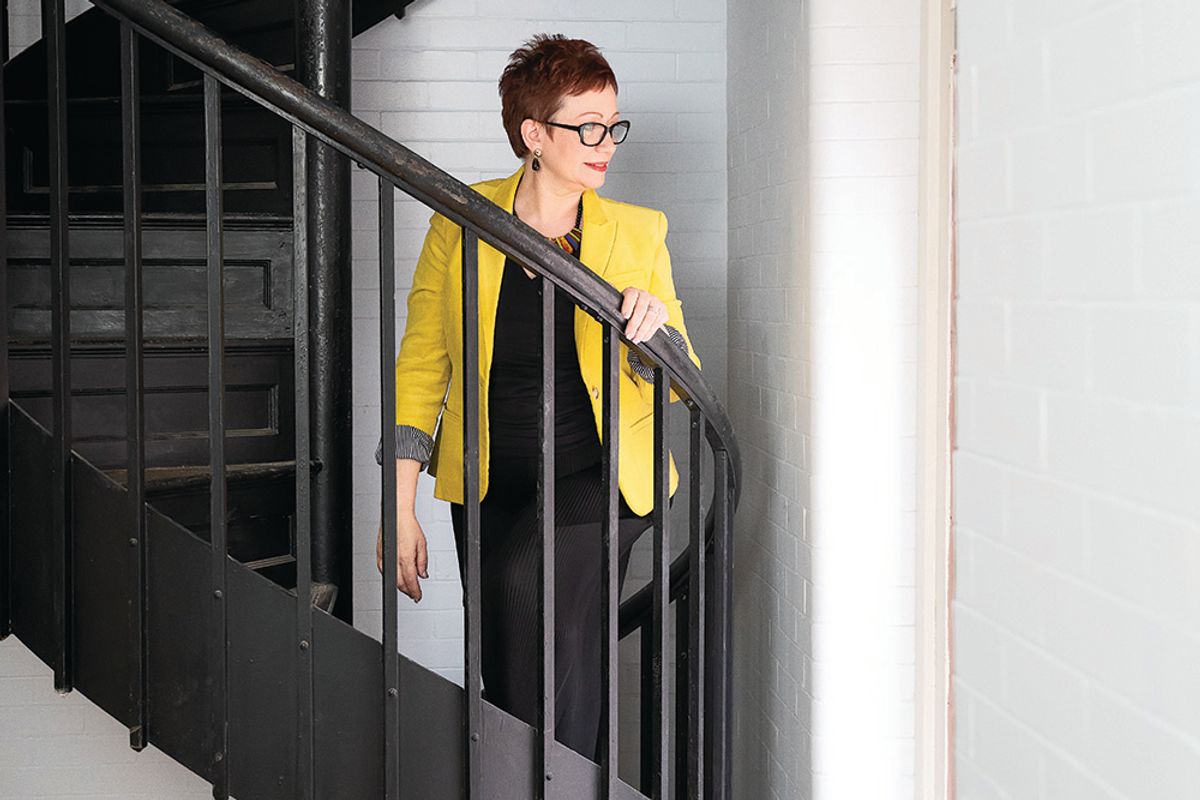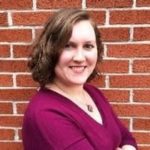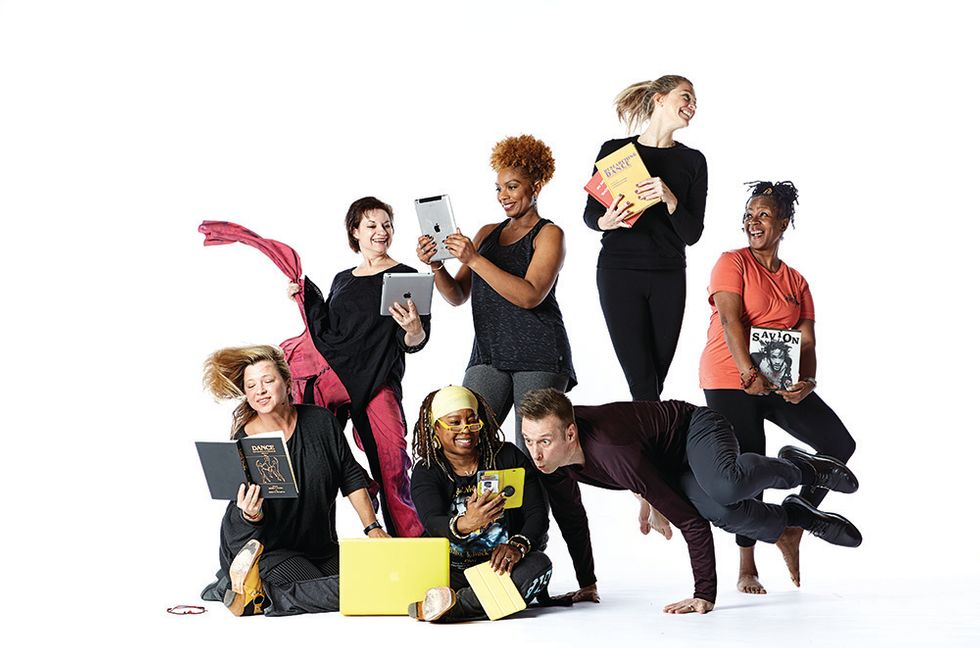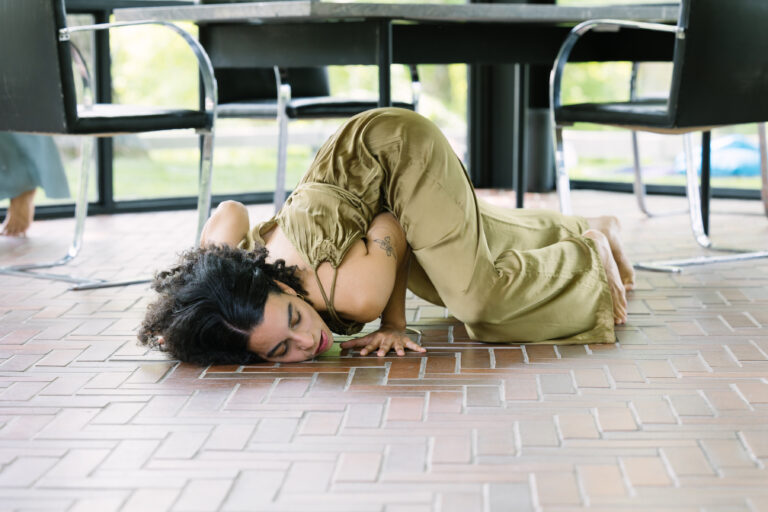
Barbara Bashaw has always been a pioneer. Since kicking off her career in education by building a dance program from the ground up at an elementary school in Brooklyn, she’s gone on to become an inspiring force in teacher training. Now, as director of the new doctoral program in dance education at Columbia University’s renowned Teachers College and as executive director of the even newer Arnhold Institute for Dance Education Research, Policy & Leadership, she’s in a position to effect change nationwide.
“The study of dance education is a young field,” Bashaw says. “Music and visual arts are far ahead of us, in terms of the research that has been done, as well as the foothold they have in education. Anywhere education is being discussed, we want to put dance on the table—and that means developing researchers and championing research that will push public policy.” In a climate where arts education feels both more endangered and more necessary than ever, Bashaw is ready to blaze a trail.
A Strong Start
A dancemaker from an early age, Bashaw went from choreographing for her high school French club to working in regional theater. But even as she booked choreography gigs as a young professional, she realized she had more to learn. When she was shown a film of dance therapist Marian Chace working with children, “I froze in my seat,” Bashaw says. “It was one of those moments where I knew—this was what I’d been looking for.”
She enrolled at State University of New York, Brockport, where she double-majored in dance performance and interdisciplinary arts for children. Her mentor at Brockport, Jacqueline Davis, facilitated Bashaw’s second “lightning-bolt” moment when she took a group of students to NYC for a workshop with Kyle Haver and Jody Arnhold, a dance education innovator who was teaching dance in the city’s public schools at the time. That workshop gave Bashaw a mission: She moved straight to NYC after graduation to follow in Arnhold’s footsteps.
Bashaw chose to get certified in Laban Movement Analysis and enrolled at Teachers College for her MA in dance education. In 1997, she was placed as a teaching artist at P.S. 295 in Brooklyn. “I fell in love with the school and saw the potential for building something from scratch,” Bashaw says. The following year, graduate degree and certification in hand, she was hired full-time.
The curriculum Bashaw developed in collaboration with P.S. 295 classroom teachers brought together movement, social justice and literacy concepts. By teaching students dance notation, she enabled them to “read” dance—crucial in a setting where many children were English-language learners. Her Choreographer’s Workshop guided students through the dancemaking process, and she was constantly amazed at what her pupils created. “I am fascinated by how children look at and understand the world,” Bashaw says. “That, to me, was the most fulfilling thing: seeing how they would channel their ideas into dance.”
A Huge Impact
After stepping away from P.S. 295 in 2002, Bashaw went on to serve as director for the dance education master’s degree programs at New York University, followed by Rutgers University. Then came the irresistible opportunity to return to Teachers College. Launched in 2018, the TC doctorate in dance education is at present the only program of its kind in the U.S. (Bashaw’s EdD, earned from TC in 2011, is in art education, although her dissertation was dance-centered.) While master’s degrees prepare dance educators for the classroom, the doctorate will prepare them to be leaders in the field.
There are four potential specializations within the EdD program: teacher education, leadership and policy, movement science and a self-crafted interdisciplinary course of study. “These are experienced dance educators,” Bashaw says. “We want them to ask, ‘What are the issues I’ve noticed in the field? How can I explore those problems through research?'”
The first two cohorts include people from the highest levels of dance education in NYC. For example, Joan Finkelstein, executive director of the Harkness Foundation for Dance, intends to research dance education delivery systems. Kathleen Isaac, director of the Arnhold Dance Education Program at Hunter College, is looking into the role of decentration and joy within various approaches to teaching and learning. Deborah Damast, program director of the Dance Education Program at NYU, has research interests including cross-cultural collaboration in dance education. Michael Anthony Kerr, a longtime educator featured in the 2015 documentary PS Dance!, aims to examine pedagogical challenges faced by PreK–12 public school dance teachers.
The talent pool from outside NYC is just as rich with insight and ambition. Rachel Swenson, the founding president of the Idaho Dance Education Organization, has research interests that include the cultural hierarchy of arts education. Heather Dougherty from Pennsylvania will study dance education within the community college setting. Chell Parkins, former executive director of the Tennessee Association of Dance, plans to research the body as a site for social activism, while Zakiya Atkinson of New Jersey is interested in dance as a conduit to social justice education.
“As the program goes forward, we want to build an international community with a shared interest in dance teaching and learning,” Bashaw says. To that end, Bashaw herself has embarked on a research study involving networking within the field. After doing extensive background research into the pioneers of dance teacher education, she has now moved into dance reconstruction, with several of her doctoral students as co-researchers. “We want to understand what dance education felt like and moved like at the turn of the 20th century, when dance teacher preparation began to develop in earnest,” she says. As the study progresses, Bashaw hopes to gather data that will ultimately bring together a large community of educators and researchers to collaborate on the task of making dance education available to every child, regardless of ethnicity, economics or ability.
Bashaw’s “career dream” study is being funded by the new Arnhold Institute for Dance Education Research, Policy & Leadership. Established in fall 2019 with a $6 million endowment from the Arnhold Foundation, the Institute will not only sponsor research like Bashaw’s, but also host seminars and conferences, foster institutional partnerships and push public policy. “Our overarching goal is to increase dance’s parity with the other arts,” Arnhold says. “The research that is produced in the doctoral program has to be transformed into action. Barbara is the rare visionary who can execute.”
A Life’s Work
A clear thread runs through Bashaw’s career, and it’s one she can trace back to her earliest experiments with choreography as a child. “Children can and should be facilitated in making their own dances,” she says. “It’s natural for them to improvise and generate movement, when given space and freedom to explore.” It’s the same process, she points out, that takes place in more formal settings, like company rehearsals: “Dance learners, be they company members, kindergarteners, teens or graduate students, arrive with beliefs that are worthy of respect and examination.”
“Barbara always says, ‘Children are not waiting to be artists. They are artists,'” Arnhold adds. “But she also sees how dance education nurtures children as learners, as human beings and as citizens.”
As she settles into her dual role as a professor/advisor of doctoral students and the director of a fledgling research institute, Bashaw looks to her time in the public-school classroom as a touchstone. “I’m an artist-educator who has also become deeply involved in postsecondary education, so I can see how these fields can and must come together,” Bashaw says. “The health of our artform depends on mutual support from all these different sectors. We need research that includes the voices of performers, choreographers, company directors, administrators, teachers, children and adolescents, older learners—their perspectives all inform each other.”





